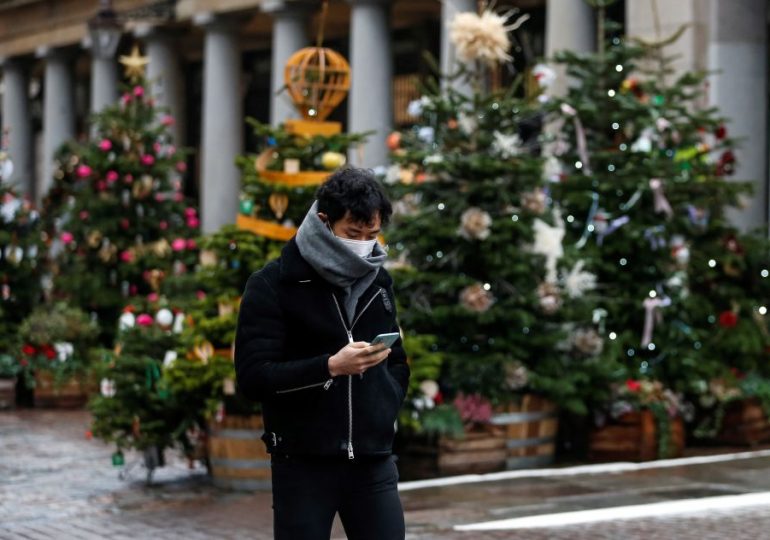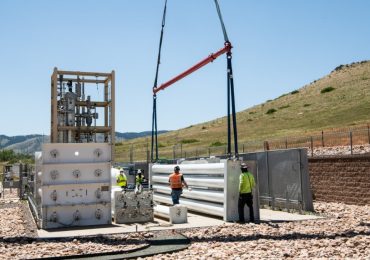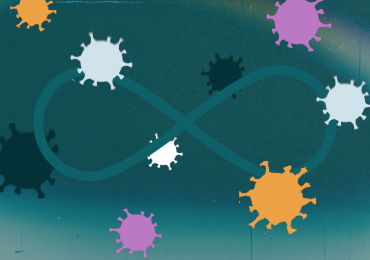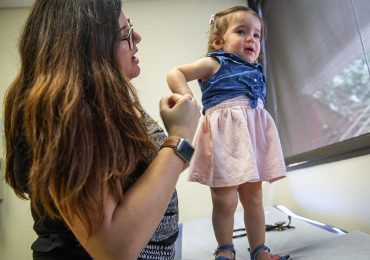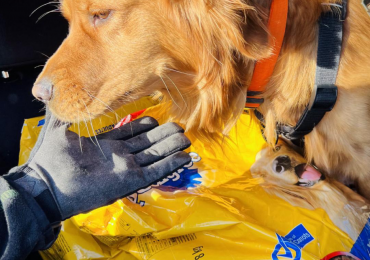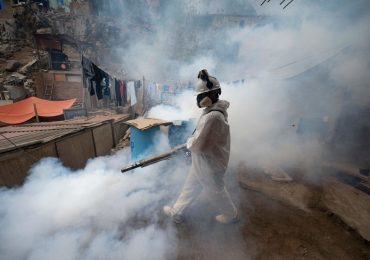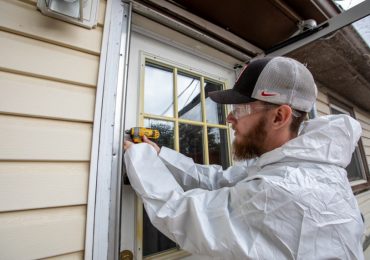As you make your shopping list, plan travel, and schedule parties this holiday season, there’s something else you should add to your to-do list: making sure you’re up-to-date on the latest guidance around COVID-19, the flu, and RSV, as respiratory disease season hits full swing.
“It’s always important to factor in the possibility of either transmitting an infection to other people or becoming infected, especially when getting together in large groups,” says Matthew Binnicker, director of clinical virology at the Mayo Clinic. “There are ways to safely gather and enjoy the holiday season,” but it requires taking the right precautions.
[time-brightcove not-tgx=”true”]
Here’s what to know about—and how to say safe from—COVID, the flu, and RSV this holiday season.
Will there be a COVID-19 surge this winter? What about flu and RSV?
Late fall and winter are typically peak times for COVID-19, the flu, and RSV to spread—and mid-November surveillance data suggests all three are already on the rise in the U.S. Based on historical trends, Binnicker says he expects to see continued upticks in infections in late November into December. “We typically see a surge in respiratory viruses as the temperatures drop and we proceed into the winter months,” he says.
Which shots should I get and when?
If you haven’t had COVID-19 or been vaccinated against it in at least six months, Binnicker recommends getting the updated booster shot, which was authorized in September. “If you were vaccinated a year ago or two years ago…your immunity likely isn’t going to protect you from infection with the currently circulating strains,” he says.
As of the two-week period ending Nov. 11, the U.S. Centers for Disease Control and Prevention (CDC) estimated about 50% of new sequenced cases were caused by the Omicron subvariants HV.1 and EG.5. Both are descendants of the XBB family, the lineage vaccine manufacturers designed the latest booster shot to target.
Sooner is better when it comes to getting boosted. “You can’t get it an hour before and then jump into a party,” says Emily Smith, an assistant professor at Duke University with a specialty in global health. It takes about two weeks for the body to mount a full immune response after getting vaccinated.
The same goes for flu shots, Smith says. Recent research suggests you can get your COVID-19 booster and flu shot at the same time without reducing either’s efficacy, so you can schedule both appointments at once.
Finally, those eligible—people who are pregnant or elderly—should consider getting the newly approved RSV vaccine. Young babies can also get an antibody treatment meant to protect against RSV.
How long do I have to isolate if I get COVID-19?
The CDC still says anyone who tests positive for COVID-19 should isolate themselves for at least five full days. And through the 10th day after testing positive—even once the five-day isolation period is over—they should wear a high-quality mask, such as an N95 or KN95, any time they have to be around other people indoors.
If your holiday plans fall within that initial five-day isolation period, “the responsible thing to do is the hardest thing to do, which is wait until you’re better to see family,” Smith says.
The decision is a little trickier if you’re done with your five-day isolation, but still within the 10 days of recommended masking. It is possible to be contagious even after your five days of isolation are up, Binnicker notes, so it’s best to continue taking precautions. If your holiday plans involve being around people who are high-risk for severe disease, including elderly adults or people who are immunocompromised, CDC guidance suggests you should stay home. If you do keep your plans, agency guidance supports staying masked or outdoors the entire time.
The exception: if you test negative on two separate at-home tests taken 48 hours apart, the CDC says you can remove your mask, even if it hasn’t been a full 10 days.
Can I travel if I have or recently had COVID-19?
While testing requirements for travel are mostly a thing of the past, the CDC still says not to get on planes, trains, or buses during your five-day isolation period. Through day 10, if you absolutely must use public transit, you should remain masked the entire time, unless you’ve gotten your pair of negative test results.
How can I make my holiday gatherings safer?
If you’re hosting a party, Smith says it’s a good idea to ask everyone to test first, particularly if you’ll have high-risk guests in attendance. “Make a game out of it, where people have to test before they come in the house and hand them hot cocoa” while they wait, she suggests.
Hosts may also want to keep a supply of masks on hand in case any guests show up ill (or simply want to wear one while around others)—or have a plan for moving the party to an outdoor area.
In fact, if the weather in your area allows, consider hosting an entirely outdoor gathering. If it’s too cold to be outside, Smith says opening a few windows to improve air flow is better than nothing.
What if I spent time with someone who tests positive for COVID-19?
At this point, “it’s probably inevitable that there will be many people in the country who will show up to a gathering and someone will be coughing, sneezing, acting visibly unwell,” Binnicker says.
If that person turns out to have COVID-19, you don’t have to completely isolate yourself unless you also develop symptoms or test positive, the CDC says. However, the agency recommends taking certain precautions in the following days, including wearing a mask when you’re around other people indoors, monitoring yourself for symptoms, and testing yourself. Recent research suggests that, after an Omicron exposure, it can take only about three days for an illness to start.
Leave a comment

